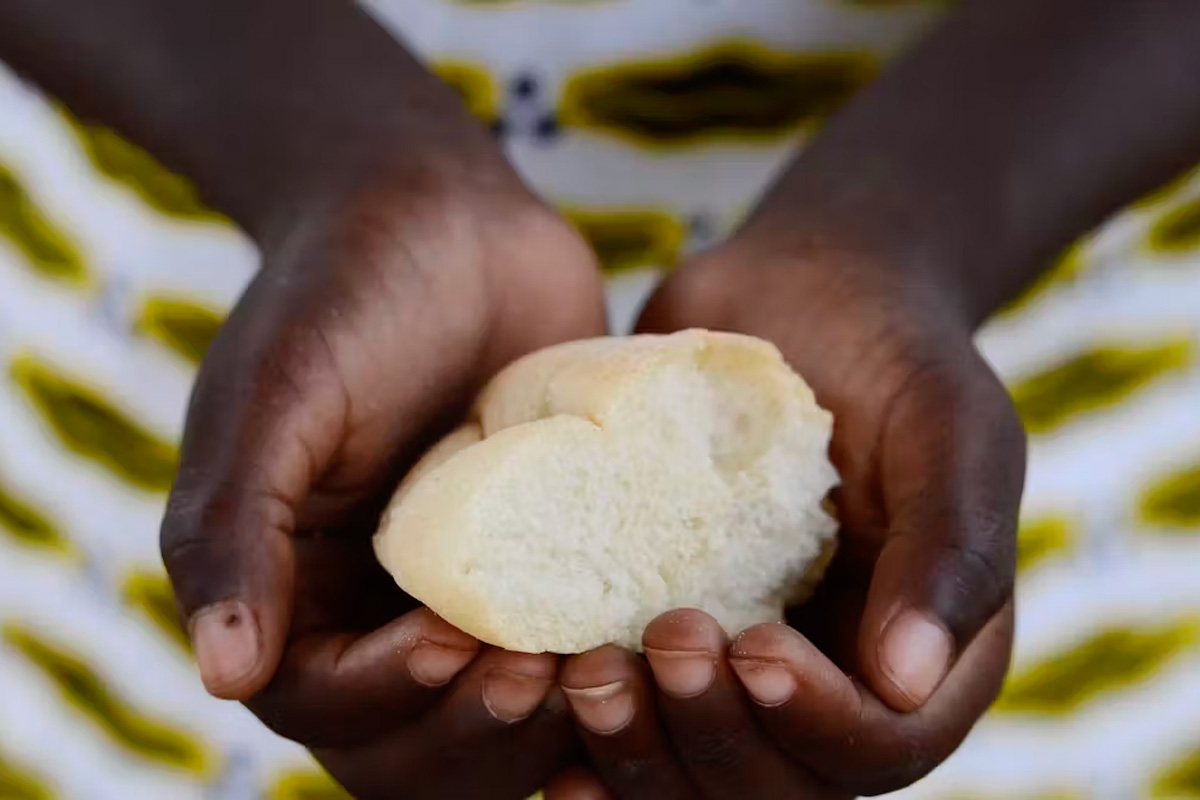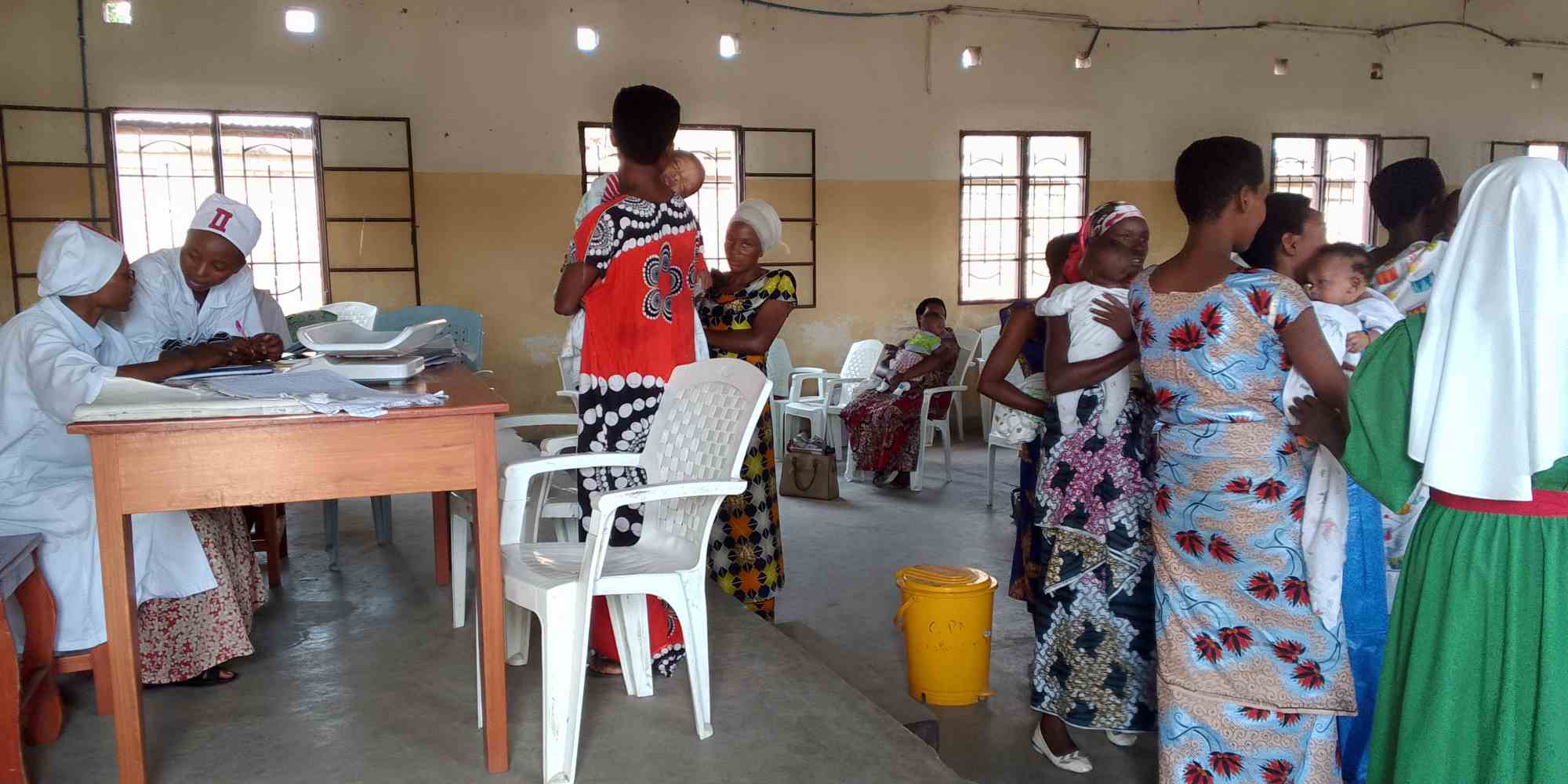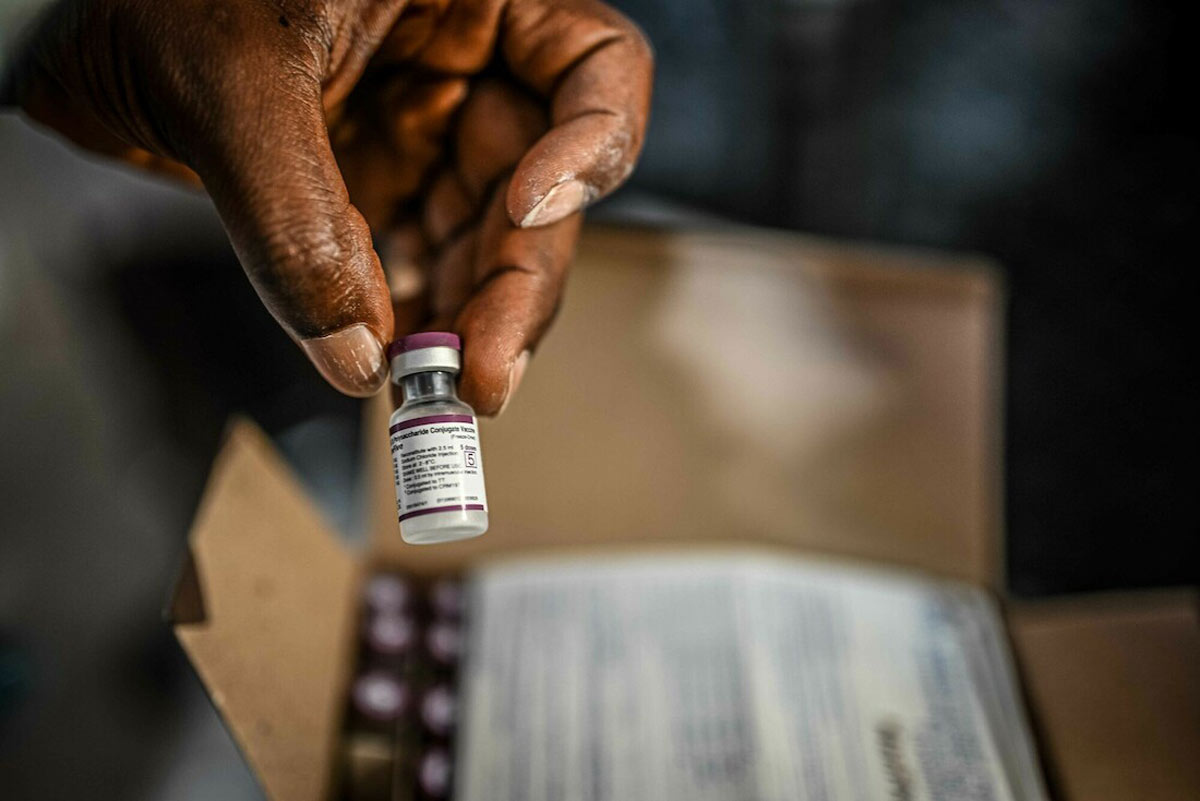Katie Gorham, Scientific Communications Specialist
International Vaccine Access Center (IVAC).

The pneumococcal vaccine in action. Photo: Gavi/ Olivier Asselin.
As celebration of World Immunization Week continues, two recently published studies shed light on the economic costs of pneumococcal disease and the health impact of the vaccines designed to prevent it.
Researchers at the Medical Research Center (MRC) in The Gambia estimate that diseases caused by pneumococcal bacteria – which can include both mild and severe pneumonia as well as devastating invasive diseases like sepsis and meningitis – cost Gambian society between $15 and $170 per case, on average. These costs include direct medical costs to treat the disease as well as family out-of-pocket costs for illness-related expenses like transportation to hospitals and a caretaker’s time off from work while children are sick (kids under five are most susceptible to pneumococcal infections).
The $170 price tag for the average case of pneumococcal meningitis, the most expensive form of pneumococcal disease in the Gambia, is nearly five times the average monthly household income of $38 per month. Although much of the total cost is borne by the Gambian government, the $48 average cost to households means families are often left in dire financial straits after treatment – if their child recovers at all. The reality is that about one in five children who developed pneumococcal meningitis in the study died.
The devastating health and financial consequences of these diseases is important to contextualize. According to Dr. Grant Mackenzie, one of the studies’ lead authors, “A substantial portion of families in The Gambia cannot afford to stock up on rice, the main food staple, so spending to ensure a child is treated for pneumococcal disease will leave most families hungry for two to three weeks.”
But there’s hopeful news from The Gambia, too. Researchers at MRC also found that the introduction of pneumococcal conjugate vaccine (PCV) in the Gambia in 2009 has had a significant effect on the number of children suffering from severe pneumococcal disease. The vaccine has reduced the incidence of the deadliest kinds of pneumococcal disease in children (invasive pneumonia, sepsis and meningitis) by 55%. This means that kids are significantly less likely to become infected with – and die from – pneumococcal disease thanks to the vaccine.
Dr. Mackenzie sees these results as key indicators of the importance of PCV throughout the African region. “There are few sites in Africa which can determine the impact of PCV, so we hope other African governments will use our results as evidence demonstrating the effectiveness of PCV in similar settings. This is critical so that governments will have confidence that their continuing financial investments in PCV are worthwhile.”
For families in The Gambia and elsewhere, PCV continues to prove a critical tool in minimizing the financial and human costs of pneumococcal disease.

This was initially posted on the IVAC website.






